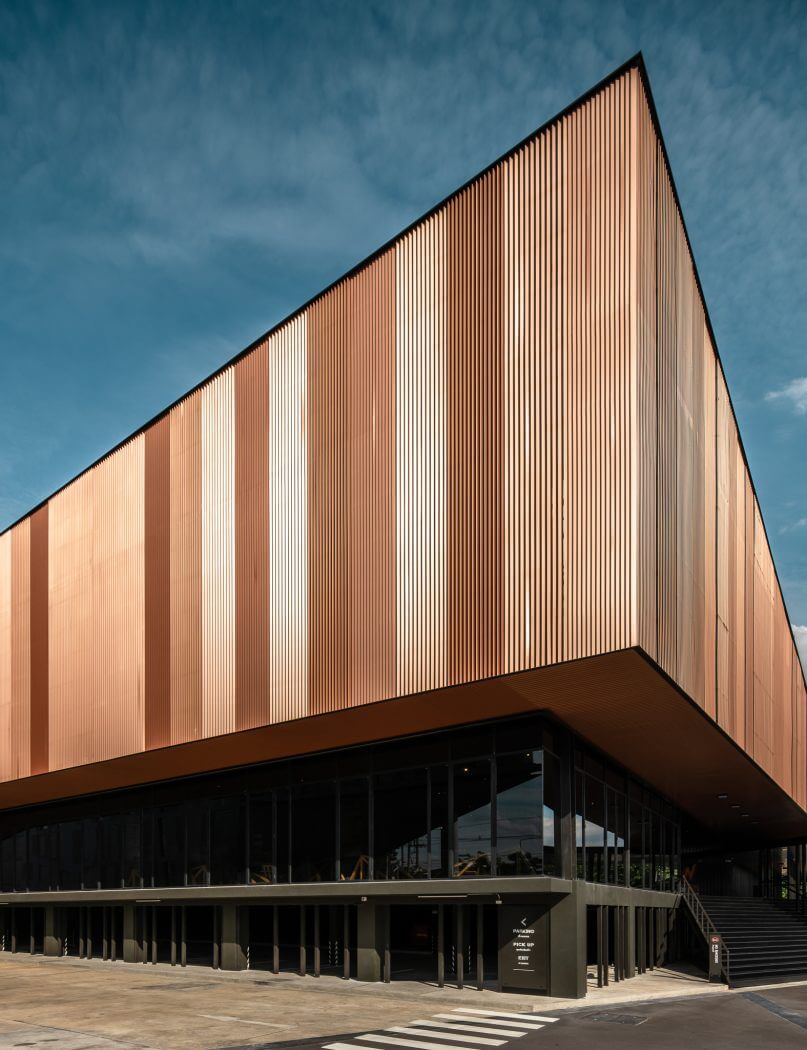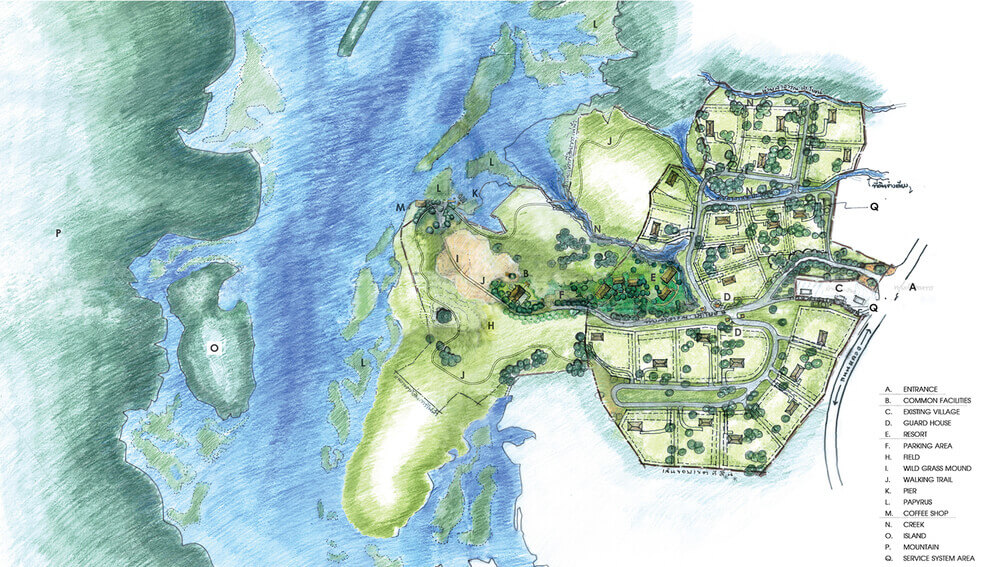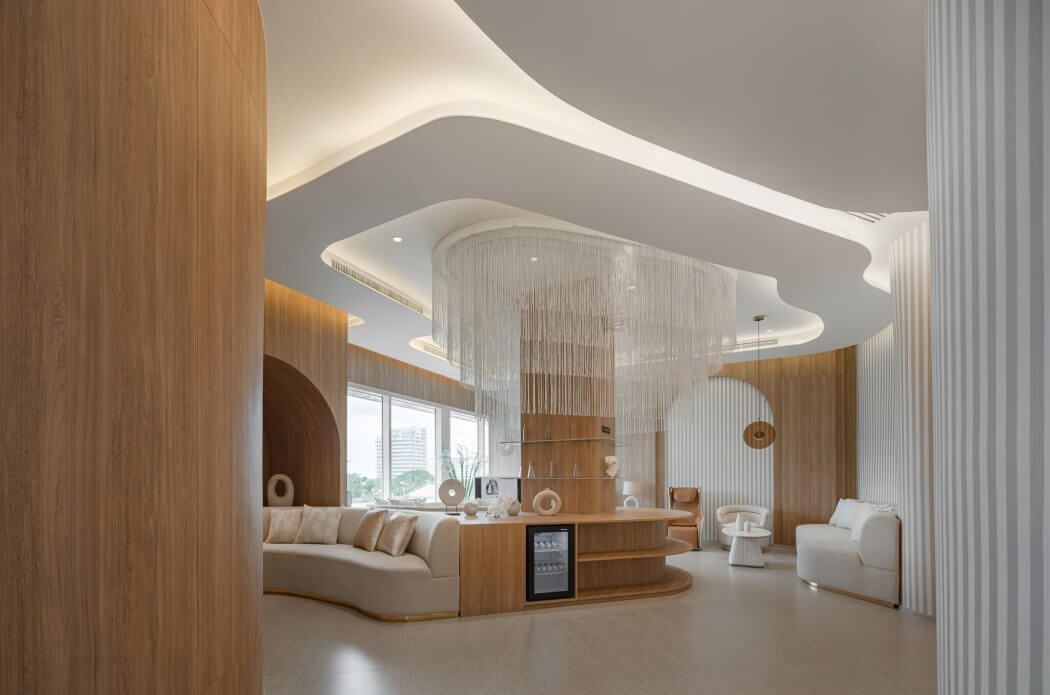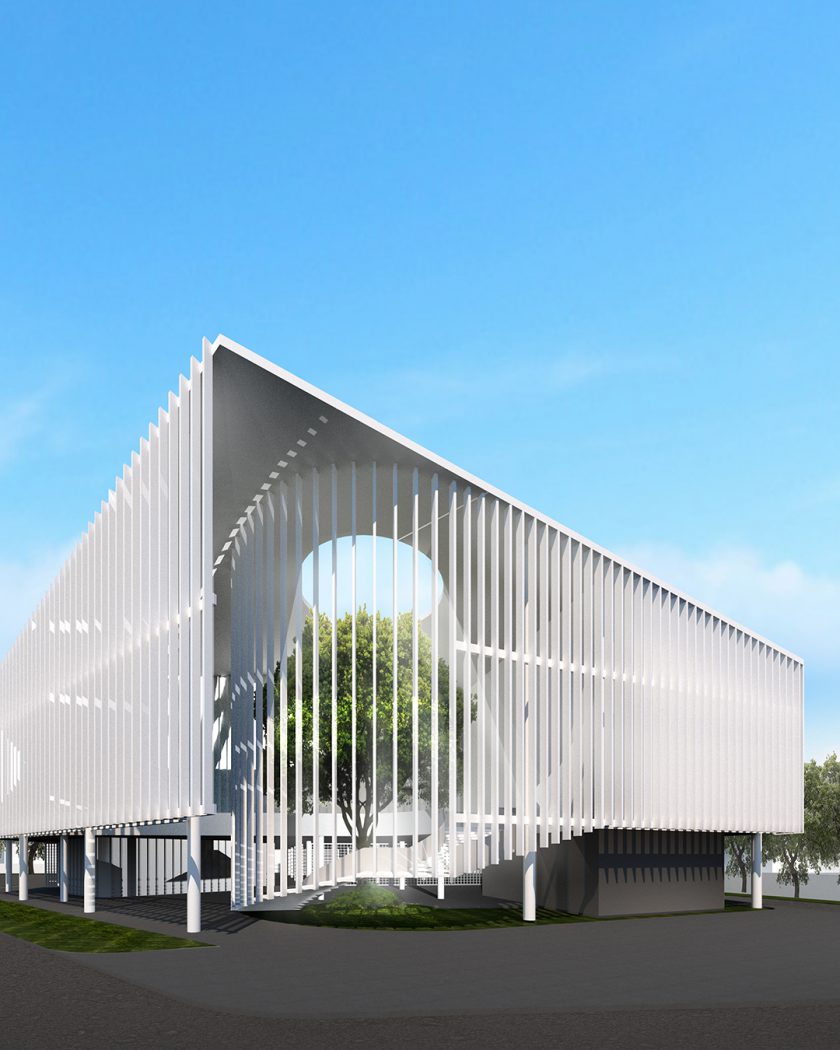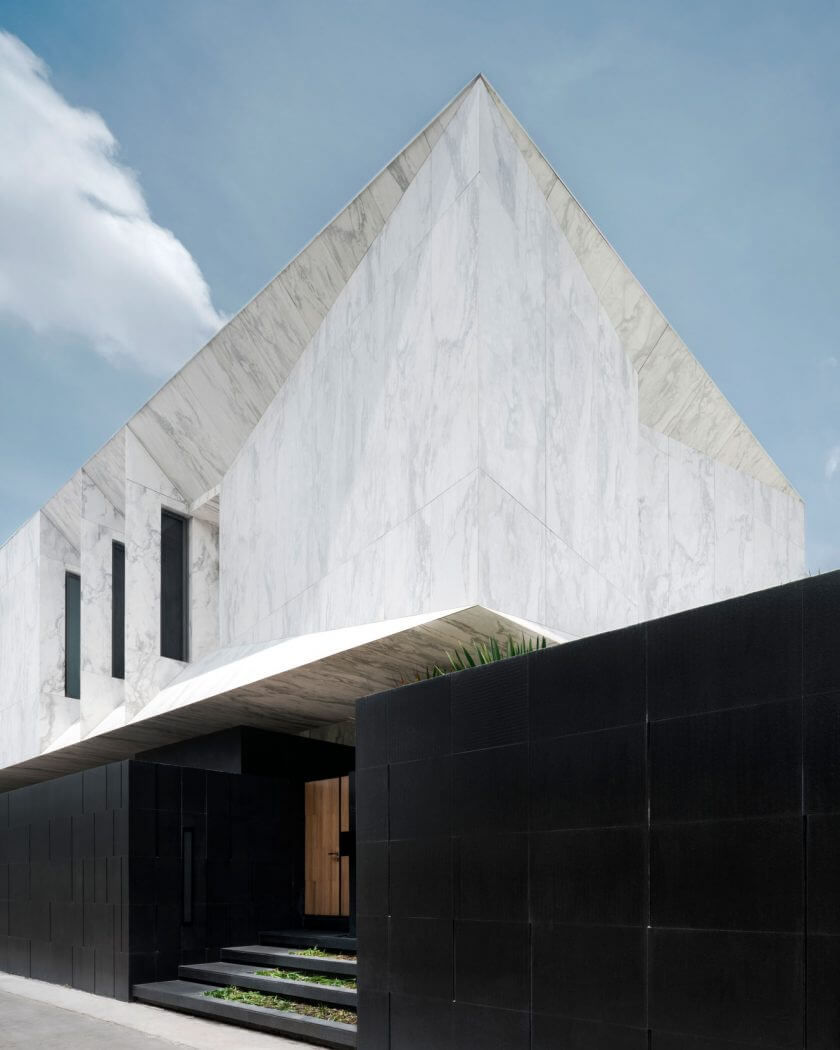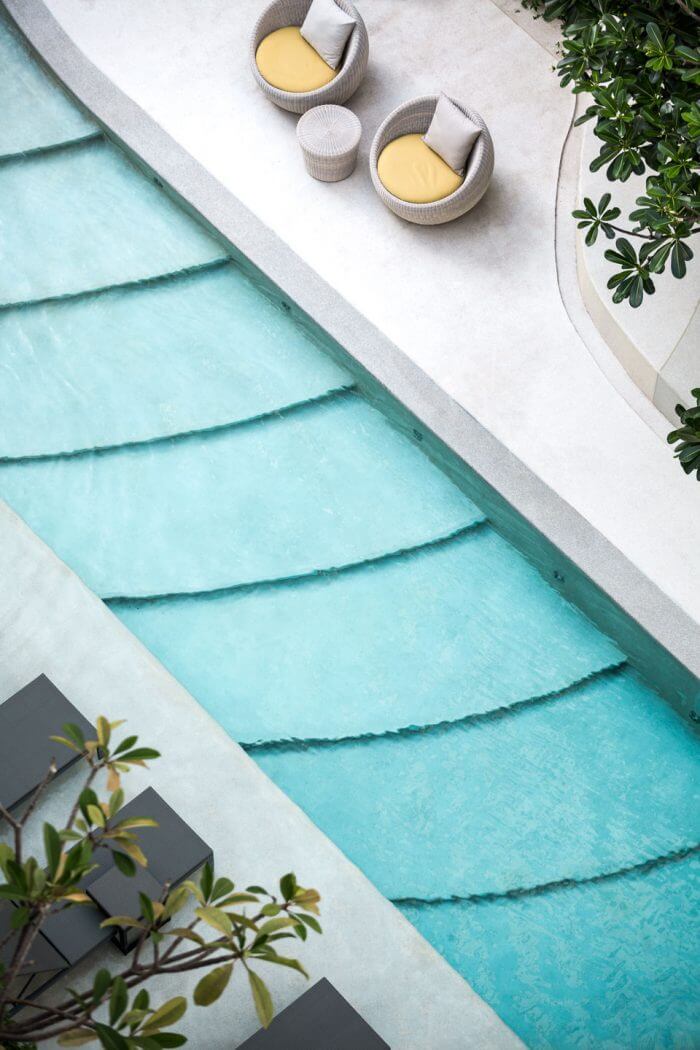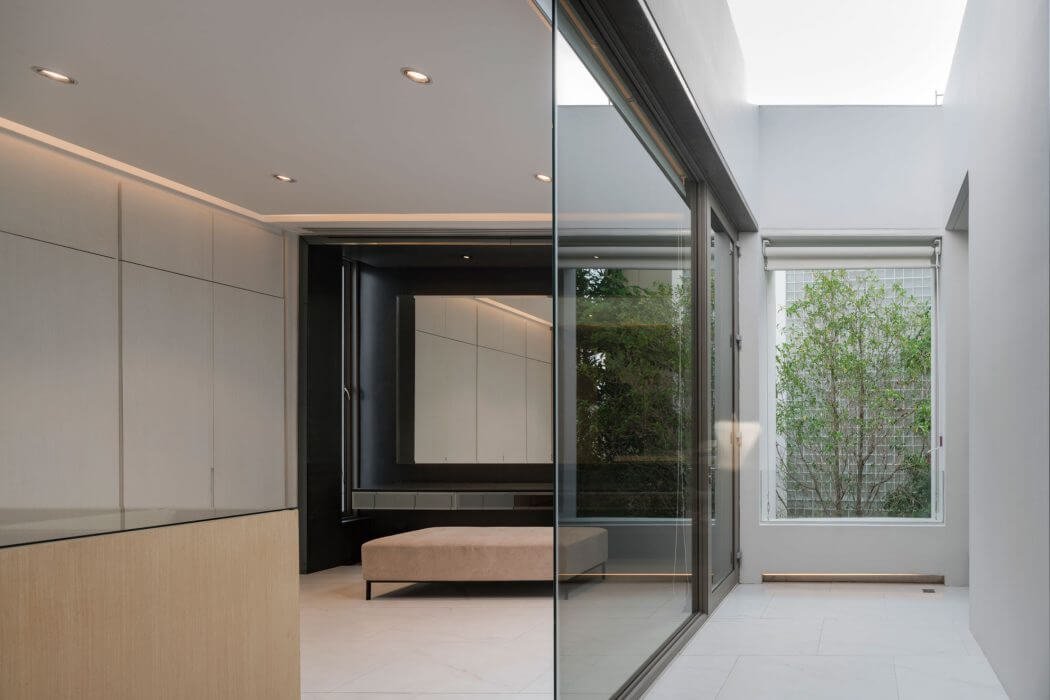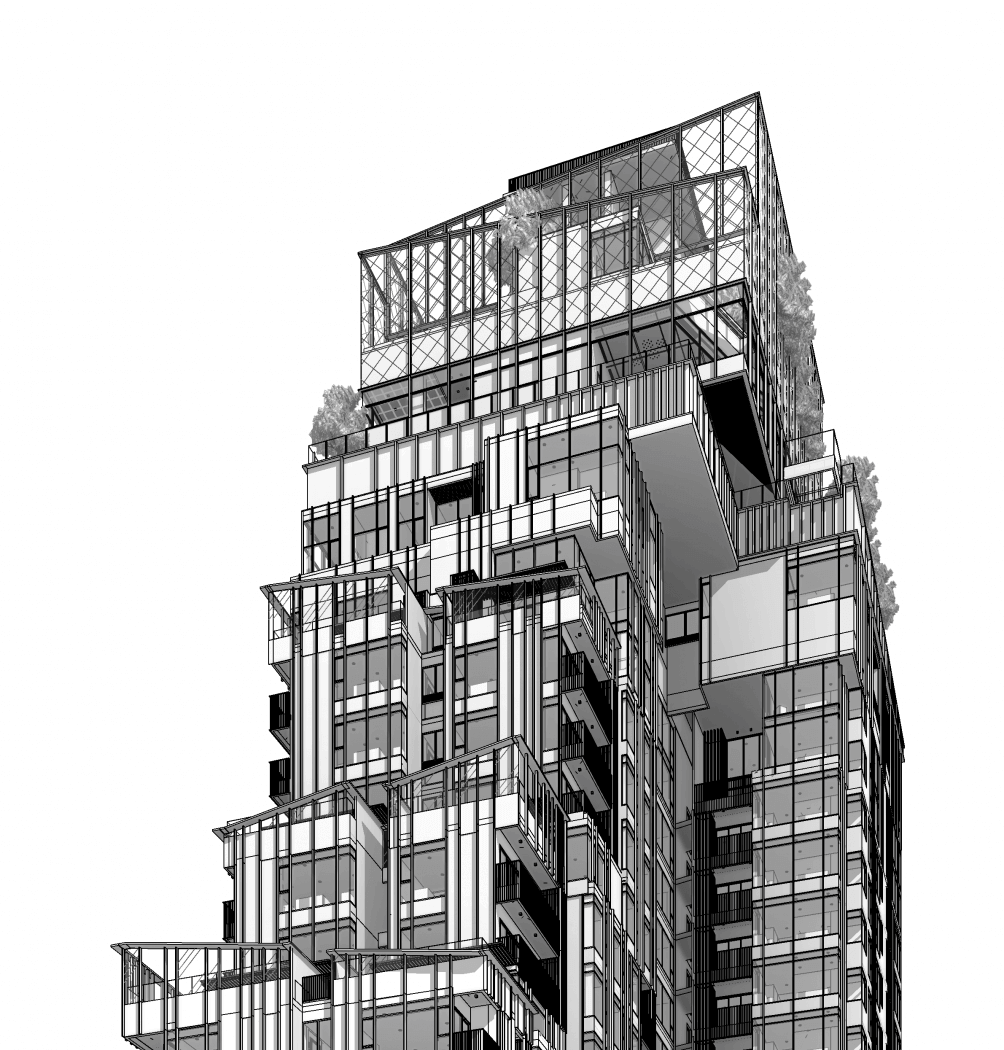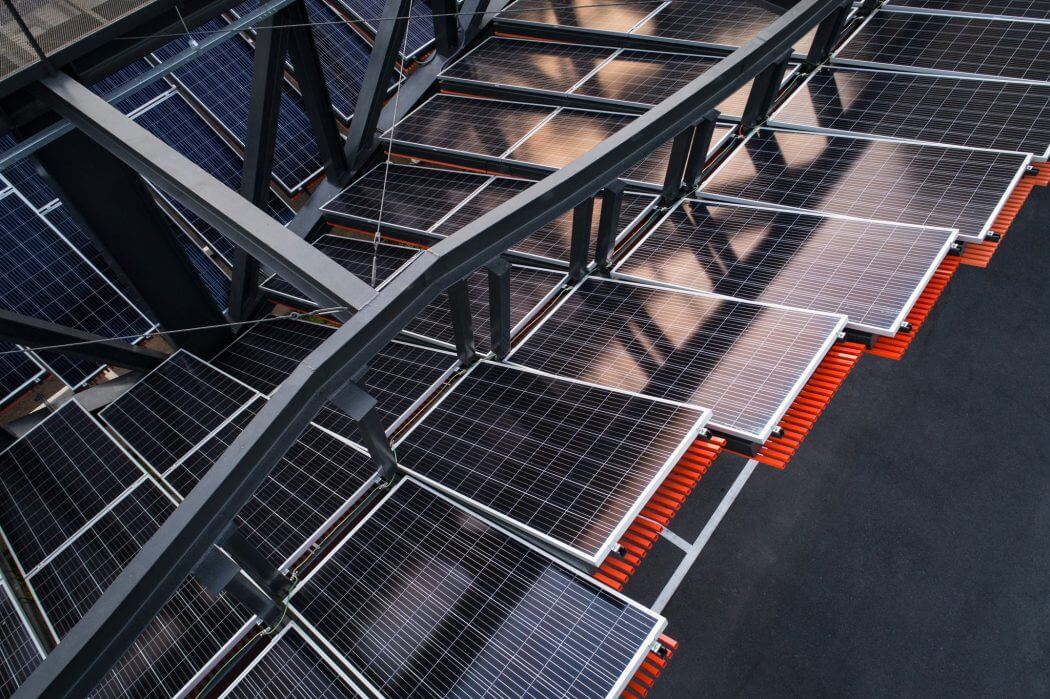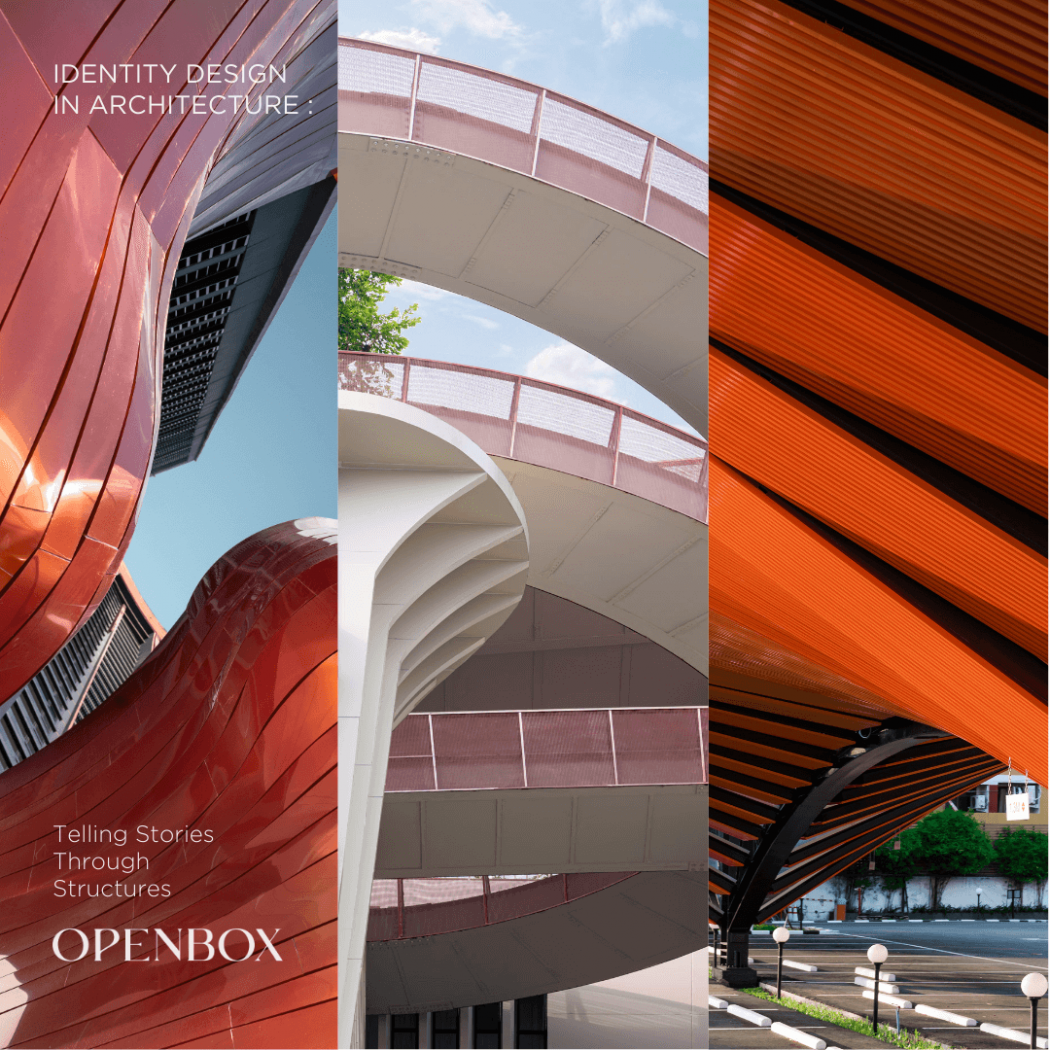The Power of Material Selection in Architecture
The selection of materials in architecture plays a pivotal role in shaping ideas, inspiration, and overall design philosophy. In fact, the materials chosen do far more than determine appearance; they also influence how a space feels, performs, and connects to its environment. Natural materials such as white marble, real timber, and raw concrete not only affect the visual and tactile experience but also define the energy, ambiance, and emotional response within a space.
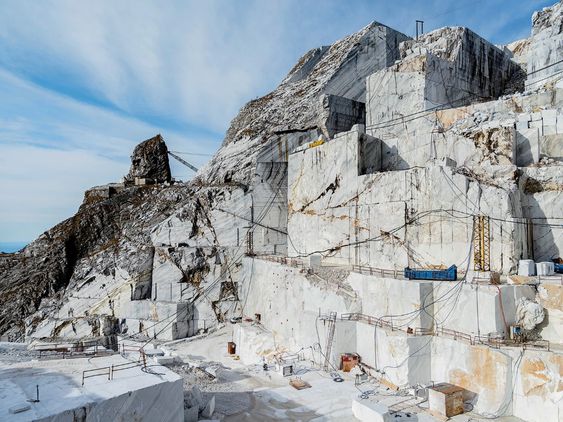
The Majestic Marble Quarries of Northern Italy ( Published 2017)
– New York Times
White Marble: Timeless Elegance and Lightness
White marble is widely regarded for its timeless elegance and luxurious appeal. Its luminosity and purity can evoke a sense of sophistication, grandeur, and openness. Moreover, its cool, smooth surface introduces calm and serenity, which can elevate the overall ambiance of any architectural composition.
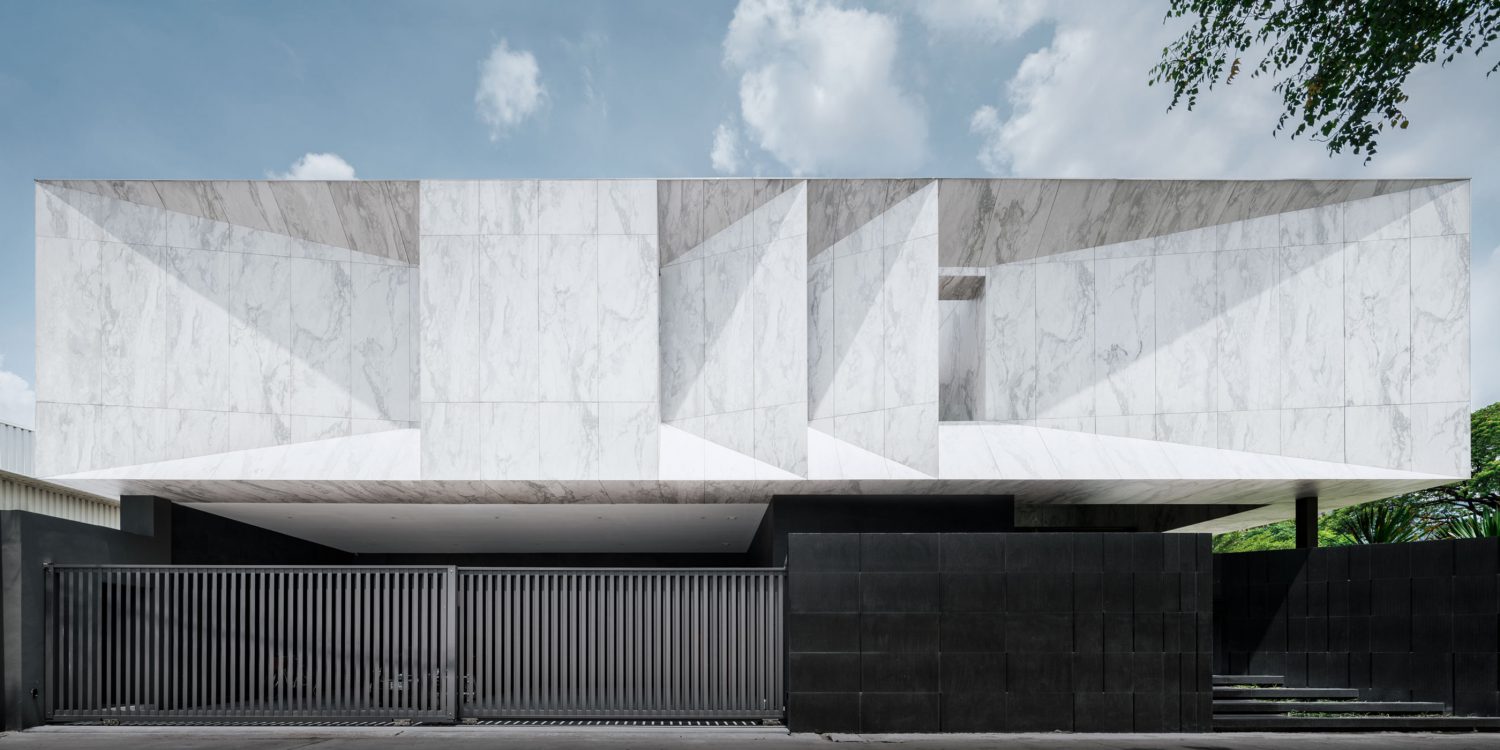
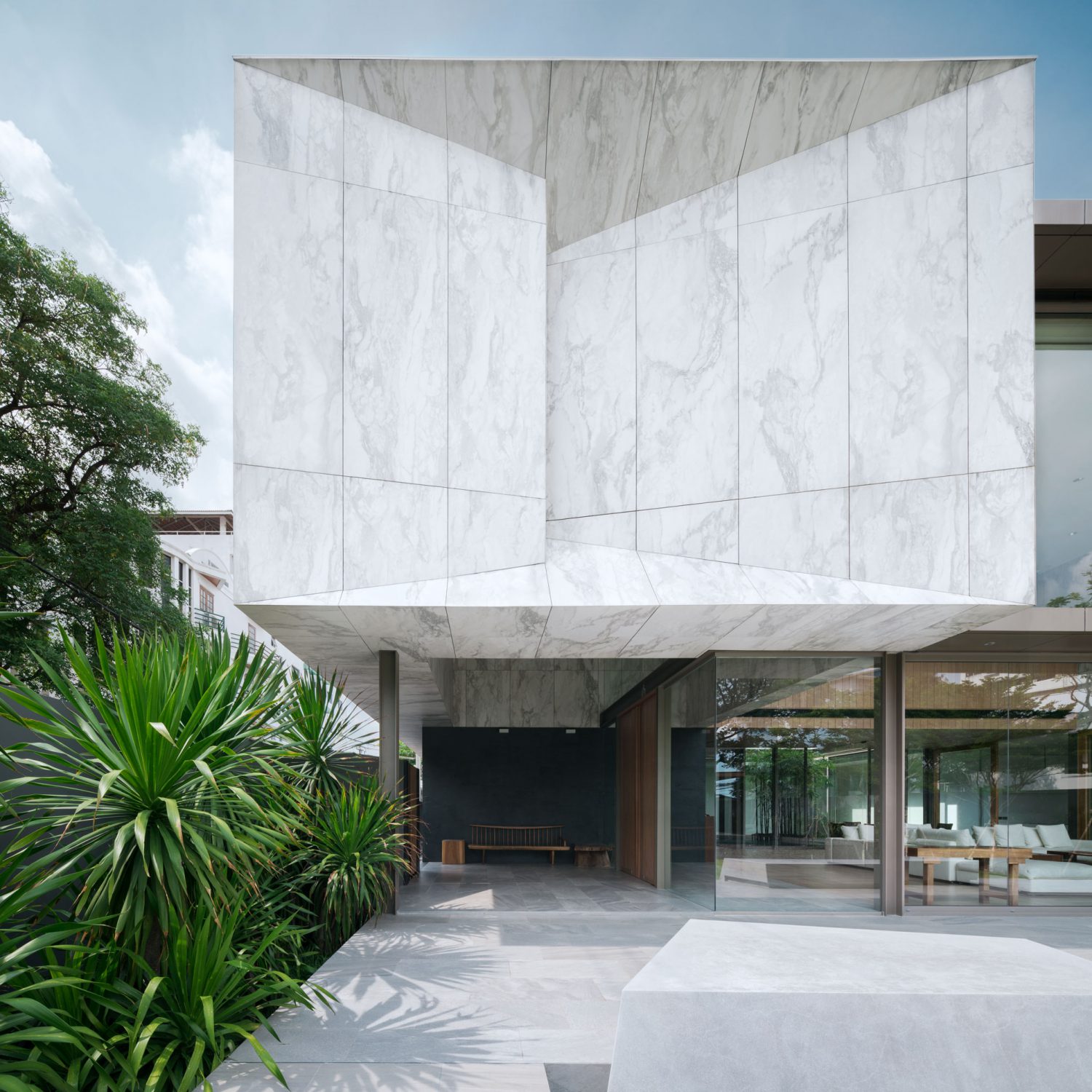
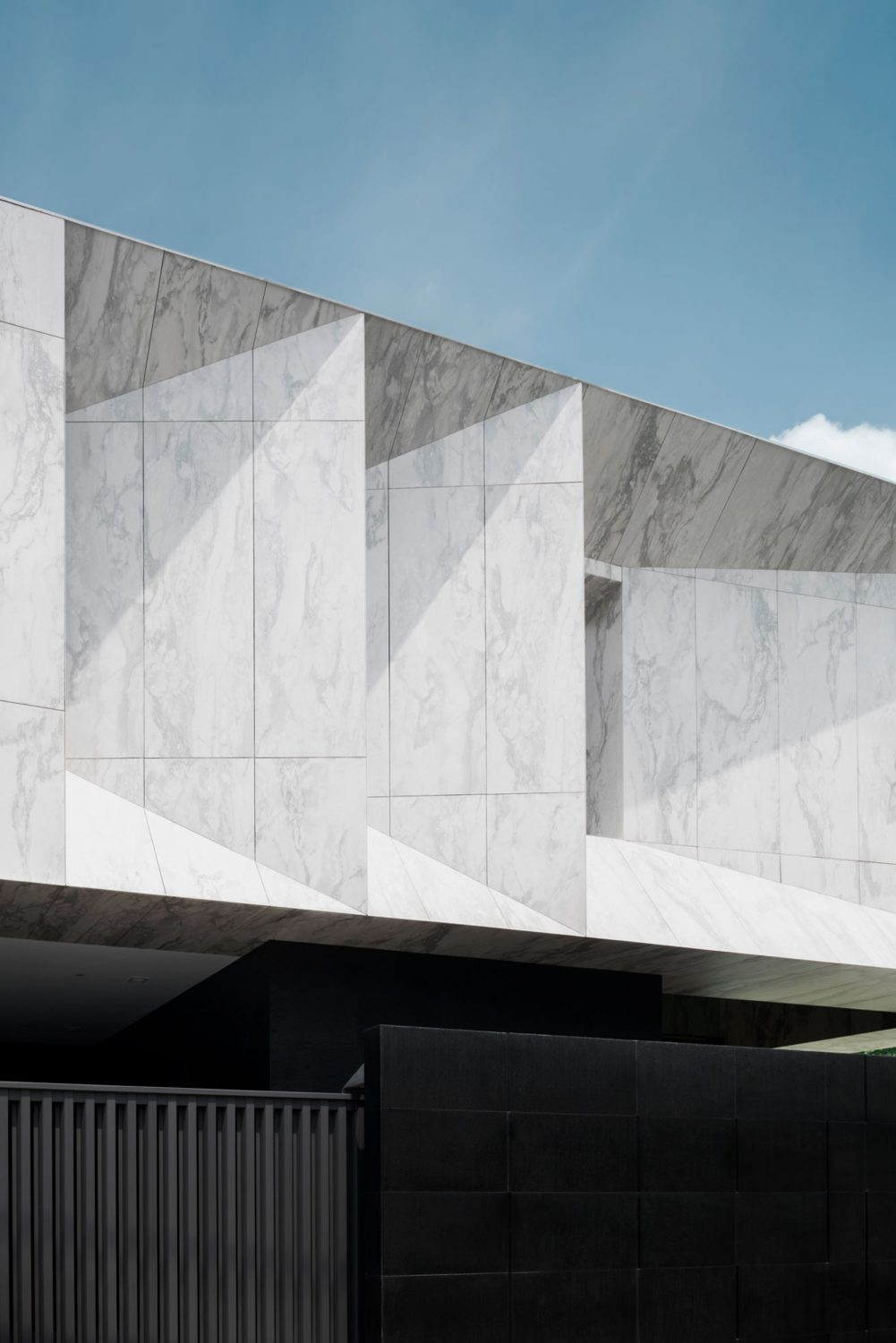
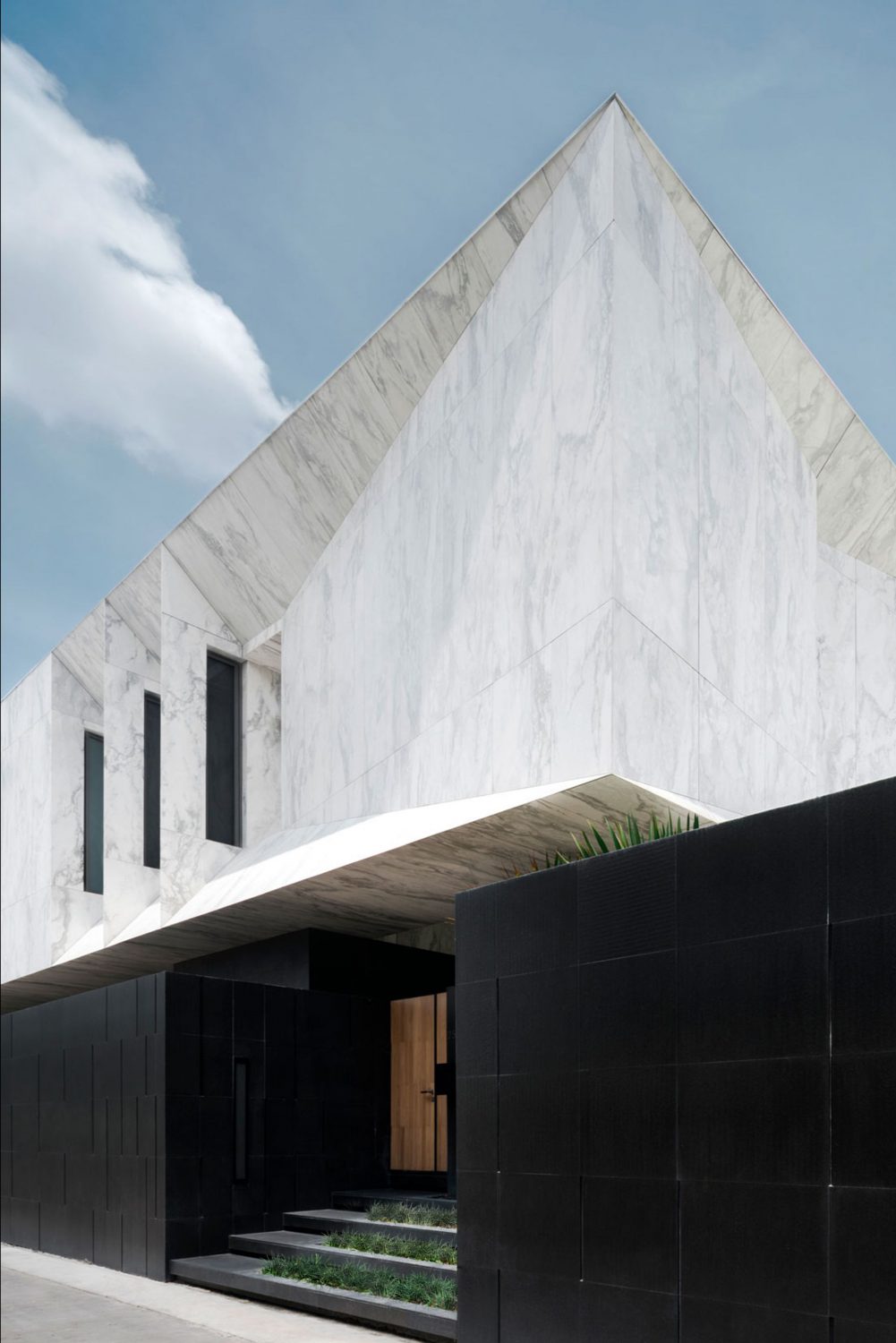
Marble House, Bangkok (2017)
In the case of Marble House, the design concept began with the idea that human behavior could metaphorically carve a dwelling space out of a single monolithic marble sculpture. Consequently, the structure appears both solid and weightless, defying gravity as landscape space flows underneath through a central courtyard. The residual marble pieces are thoughtfully scattered to become landscape elements—visually connected yet functionally distinct.
Interestingly, the marble finishes used are lightweight wall tiles printed with marble patterns. As an external cladding over brickwork, they not only act as weather protection but also reduce solar heat gain. Therefore, the system enhances energy efficiency and ensures a cooler indoor environment during Bangkok’s warm seasons.
Real Timber : Warmth and Organic Harmony
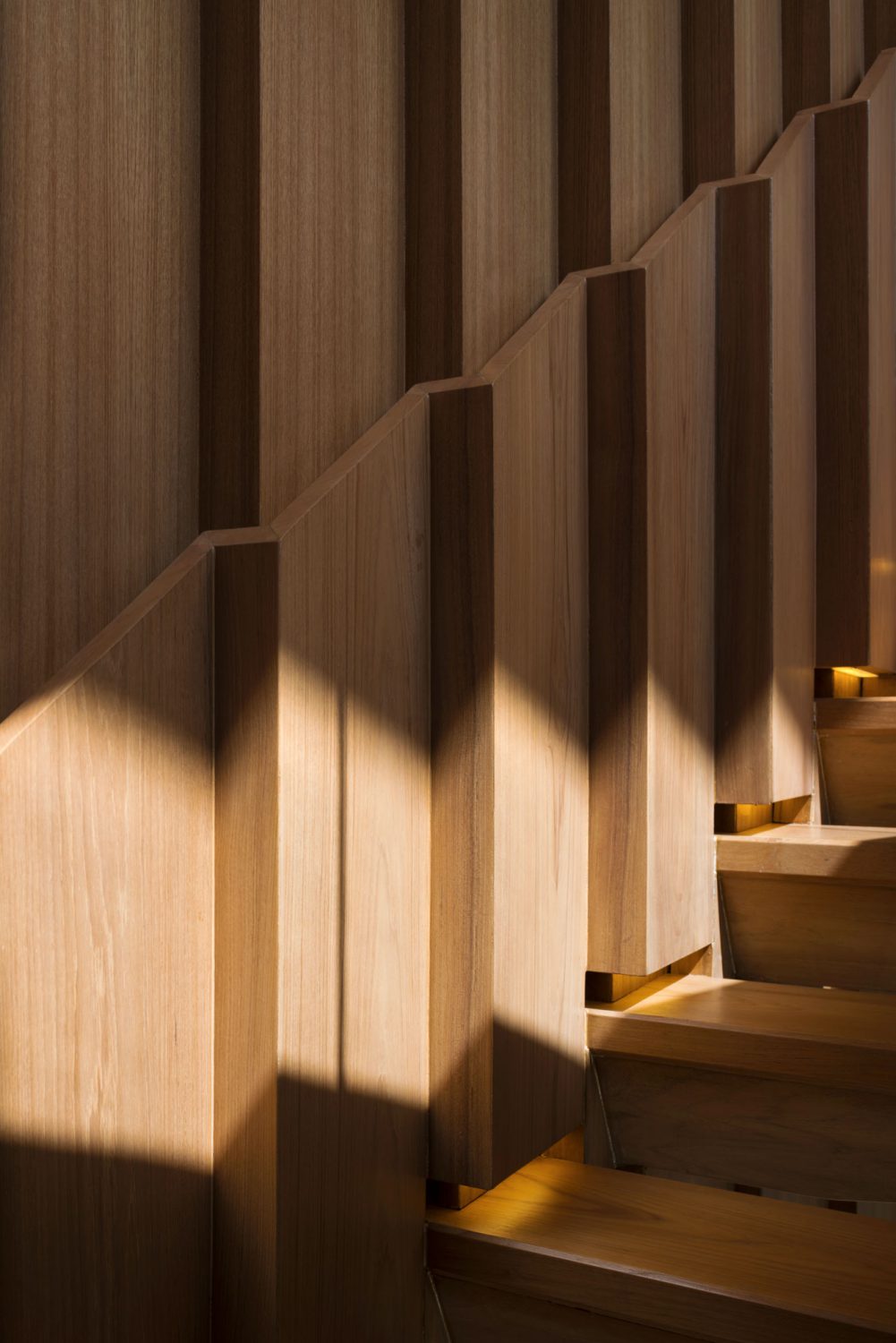
Main Staircase : Marble House (2017)
Real timber introduces a sense of natural warmth and organic balance into architectural design. Its texture and tactile qualities create inviting, comfortable environments that encourage a connection with nature. In addition, the rich grain patterns and varied tones of timber bring depth and visual interest, allowing light and shadow to interact gracefully throughout the day.
When used thoughtfully, timber can transform an ordinary structure into a welcoming retreat, fostering comfort, relaxation, and emotional wellbeing. As a result, it remains a material of choice for architects seeking to humanize modern spaces.

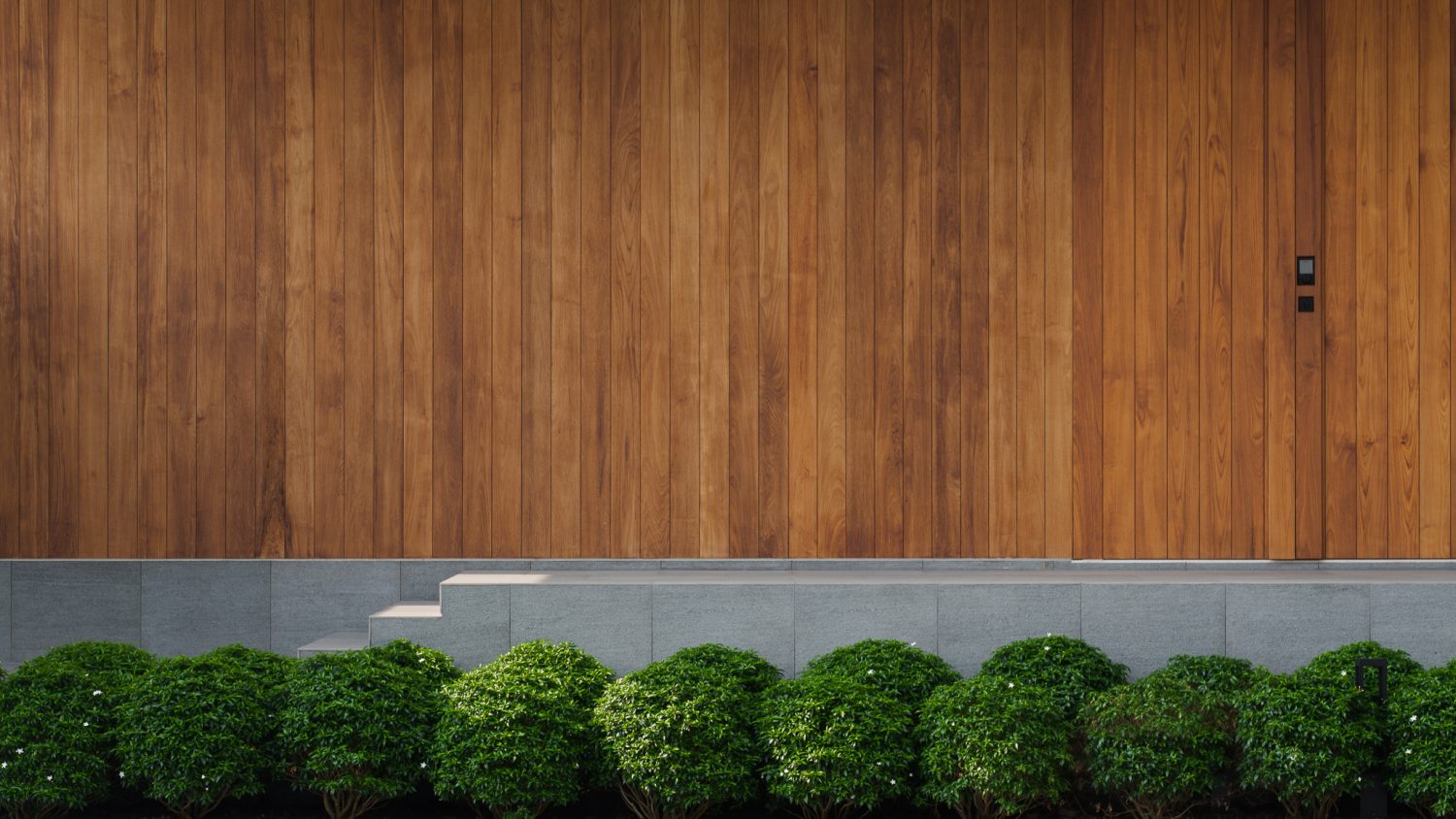
Main Entrance House III : Grove Residence (2023)
Raw Concrete : Strength and Authentic Expression
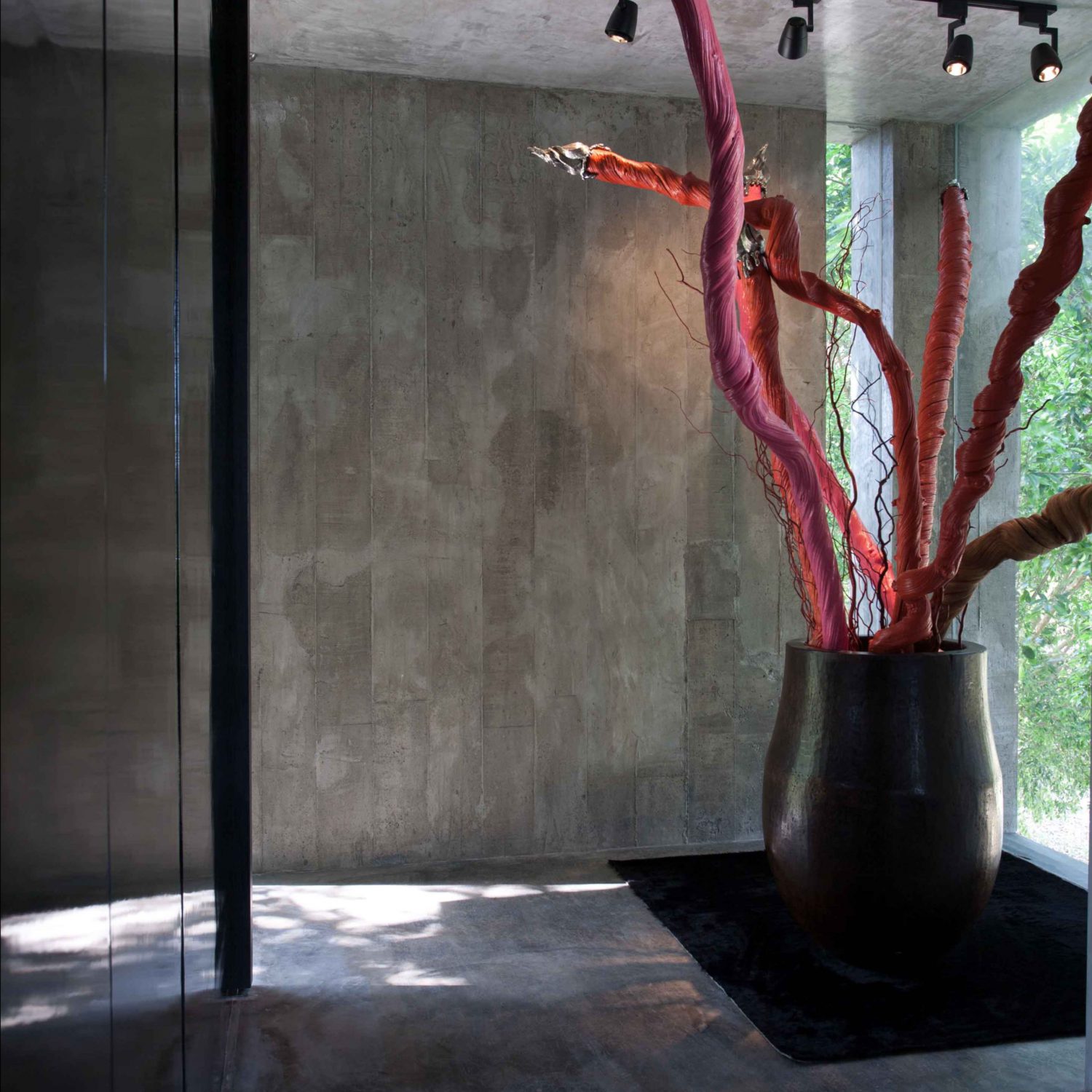
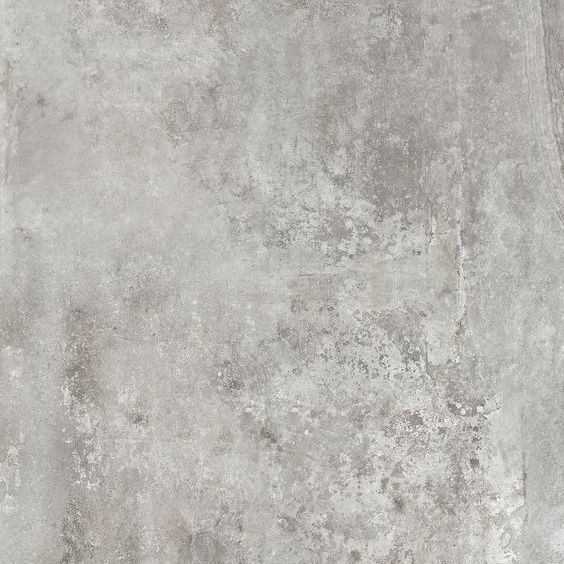
Raw concrete, on the other hand, offers a contrasting yet complementary aesthetic. Its unfinished character and industrial texture express modernity, durability, and authenticity. The use of concrete often conveys strength and honesty in design, while its minimalist nature aligns perfectly with contemporary architectural language.
Furthermore, exposed concrete surfaces can create a bold architectural statement. The material’s rawness, when combined with light, shadow, and geometry, provides a poetic sense of realism that celebrates both material integrity and craftsmanship.

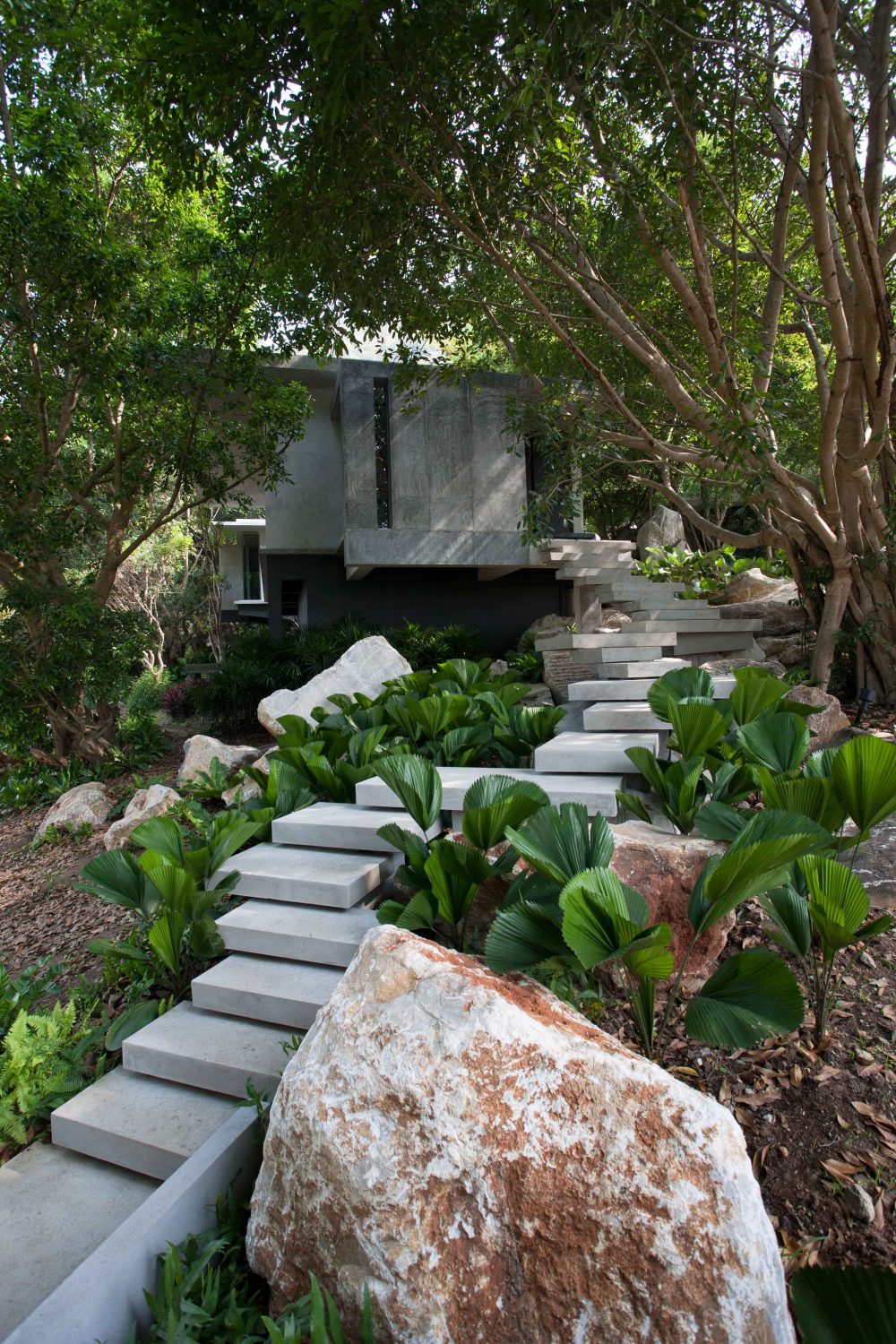
Hilltop House, Khao Yai (2010)
The Harmony of Form, Function, and Emotion
Ultimately, the thoughtful integration of white marble, real timber, and raw concrete allows architecture to transcend aesthetics and engage all the senses. Each material contributes its own energy—marble symbolizes light and purity, timber represents warmth and life, and concrete stands for strength and permanence. Together, they form a harmonious composition that defines how people experience space.
Through careful material selection, architects can shape environments that inspire, comfort, and endure. As a result, architecture becomes not just a visual art but a living experience—a synthesis of form, function, and emotion that resonates deeply with those who inhabit it.



